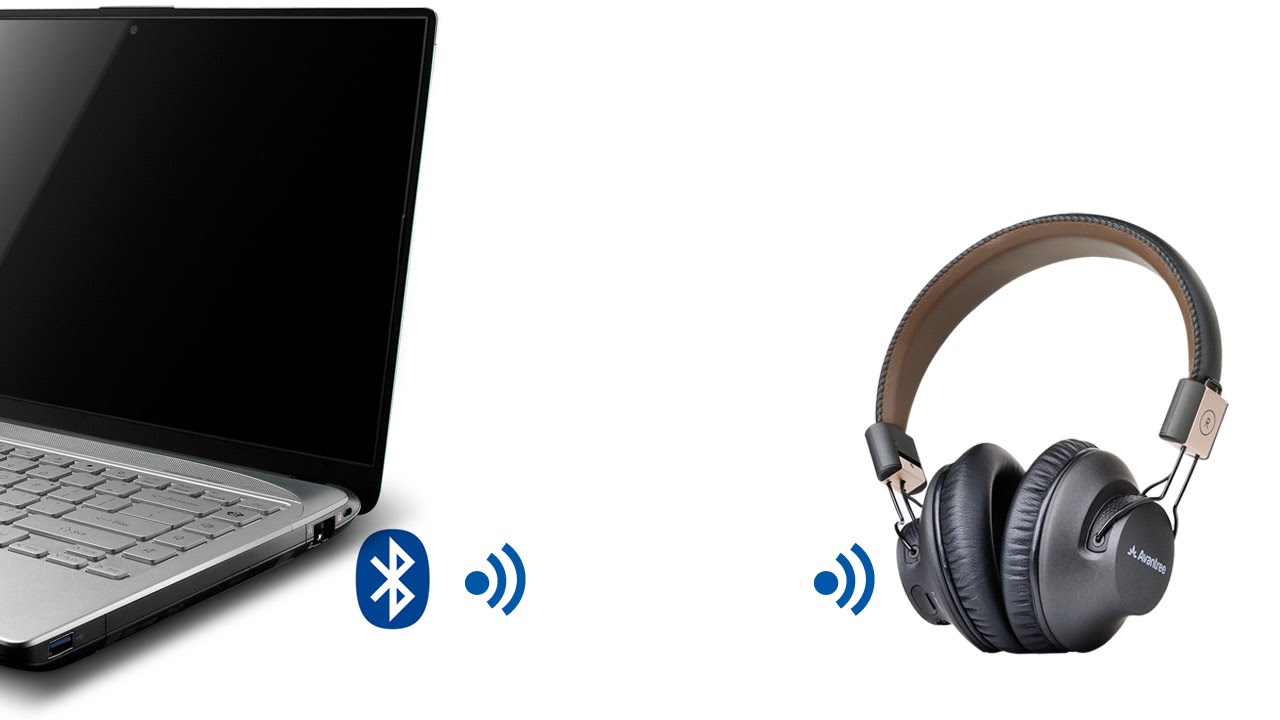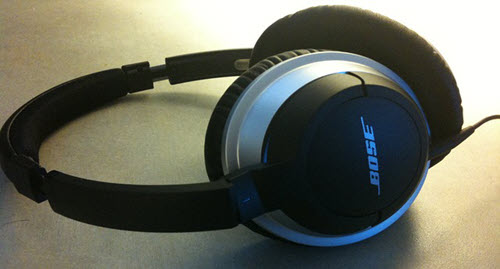

There's device-level, app-level and global settings that control volume levels. that should immediately resolve your application+output specific issue.Īt the core of this is the different layers of audio control. if one is muted (in my case Spotify was showing the red block circle) you can unmute it by clicking the bottom speaker icon below the volume slider.
You will see the Applications change based on registered applications. I have 2 distinct device profiles for my bluetooth headset, one mono, one stereo. Click the drop down box (small black arrow) under "Device" to go through each output device you have. 
It is different to the one you get if you type "Sound mixer" in the start bar. This brings up a panel called "Volume Mixer", which is an evolution of the one found on most platforms. Right click on the audio icon task bar and select "Open Volume Mixer", which brings up a window you can resize, showing "Device" and "Applications". To drag-and-drop music to the player from a Windows computer, follow these. To confirm this, I had to go to a unique panel as follows: Connect your player to a Bluetooth wireless device (headset, speakers). My symptoms were identical to the reported ones in the main post and replies: Spotify desktop app was not audible on only one particular audio output device, while all other app sounds and other outputs were working. I believe I've found the (a?) root cause: the spotify app was specifically muted on the problematic output device within the windows 10 settings. Desktop app not playing through bluetooth headphon.






 0 kommentar(er)
0 kommentar(er)
